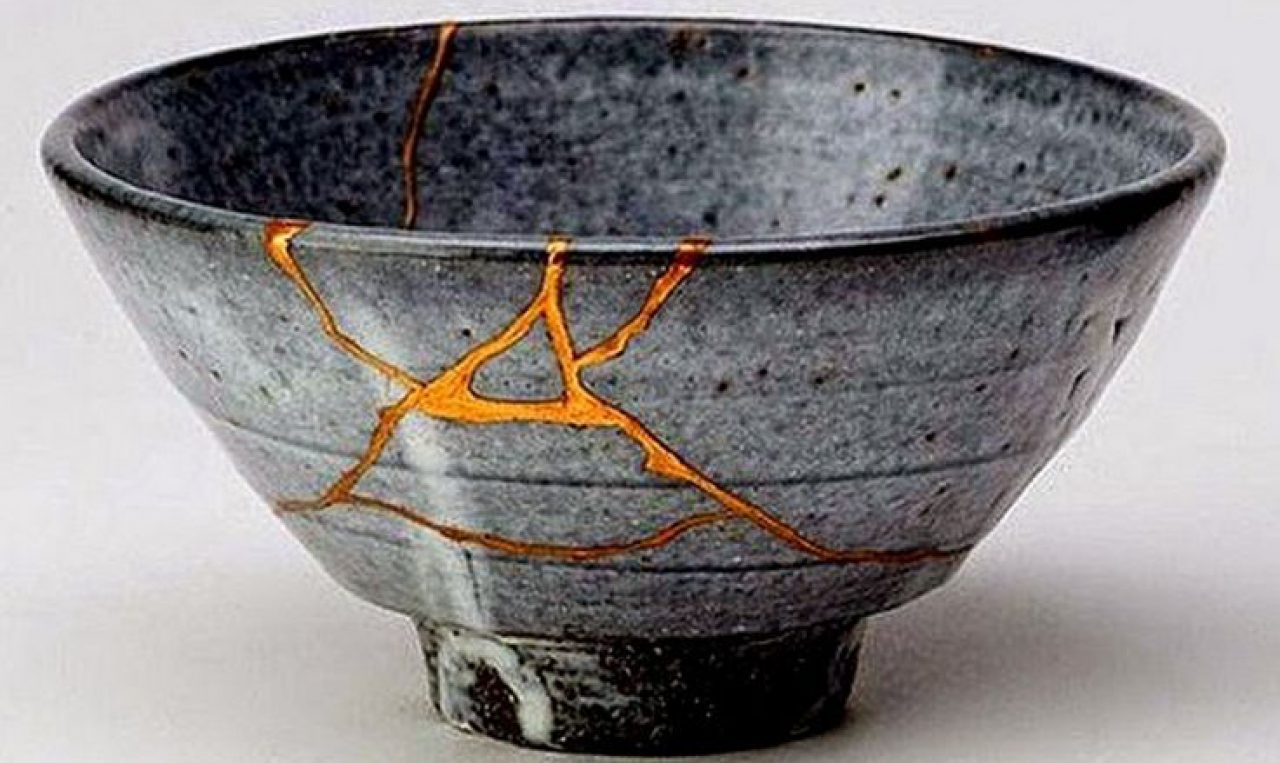In most small towns, there is a small, yet symbolic, piece of history that often gets overlooked and the majesty of it is confined to local historians and visitors of the town who decide to read the dusty plaque under it. These pieces of history range from town to town, while grand pieces of history are central to some cities across the world. Cities tend to maintain paramount pieces of history because it encourages tourism, while small towns, such as Placerville, California, leave the maintenance of historic pieces to ambitious volunteers. Either approach aims to mask the impending trajectory of aging through covering any signs of weakness, but, as Elizabeth Spelman states in Repair, the very action of repair implies extinction:
Repairers deal with the used objects of the world, with those things bearing evidence of the trajectory towards destruction and termination. As repairers, they undertake to halt the march toward extinction, but their very existence reminds us that such extinction is inevitable” (136).
Here, Spelman states that although repairers bring about change and are welcomed in most circumstances, their existence is consistently representing fate.
Notable pieces of history, such as the Colosseum in Rome, Italy, are maintained at the highest level in order to ensure that it does not fade or deteriorate quickly. Its impending fate of deterioration will be met one day, similar to the lives lost inside the notorious structure. Its repair allows the history to be brought back to live through artwork, books and tours through the Colosseum which celebrate the uniqueness of the edifice, while condemning the reason for its notability. Grand pieces such as the Colosseum do not require a plaque to detail the history because it is such a staple in archaic structures that it is embarrassing to not understand the history behind it. Pieces like the Colosseum are expected to need repairs over time, and the city welcomes the face-lift because it can promote the piece even more. Even though repairs improve the structure, they imply weakness and a further step into nothingness. Grand pieces similar to the Colosseum are expected to be repaired and in top shape for presentation and to honor its history; on the other hand, small pieces of history in local towns are not as familiar with constant repairs.
California is home to the ‘49ers, aptly named after the rush to discover gold once it was discovered in the state in 1848. Towns sprung up all across the state, which were then abandon when the rush ended; Placerville, California was a gold mining town in California with a vast history involving gold and the “Hangman’s Tree”, a tree that was literally used to hang outlaws in the nineteenth century. Over time, the town committee tried to move on from the past and reinvent itself as a more robust town instead of a landmark from the nineteenth century. Board members tried to tear down a couple historic buildings located on the main street, but one man, a family member of mine, decided to devote his time to restoring these old buildings as accurately as possible. I saw first-hand is effort to restore these buildings with the help of local historians who marked each notable spot and attempted to replicate them. The restoration has faced many challenges, but will ultimately bring historic monuments back to life.
No matter the size of the job, repairers are only present when there is a flaw in a building, piece of clothing, artwork, etc. Both the Colosseum and the buildings in Placerville have deep-rooted history that should be maintained through the edifices. The former piece is very grand and a symbol of many repairs that keep the spirit alive and attract more people to go back in time and forget about the impending destruction; the latter piece is not as well known but also allows visitors to halt time and revisit old practices such as hanging outlaws and miners’ bars. Whether a volunteer is the repairer or a government official, both intend to halt the impending destruction in order to allow the memories and history live on a little longer.
